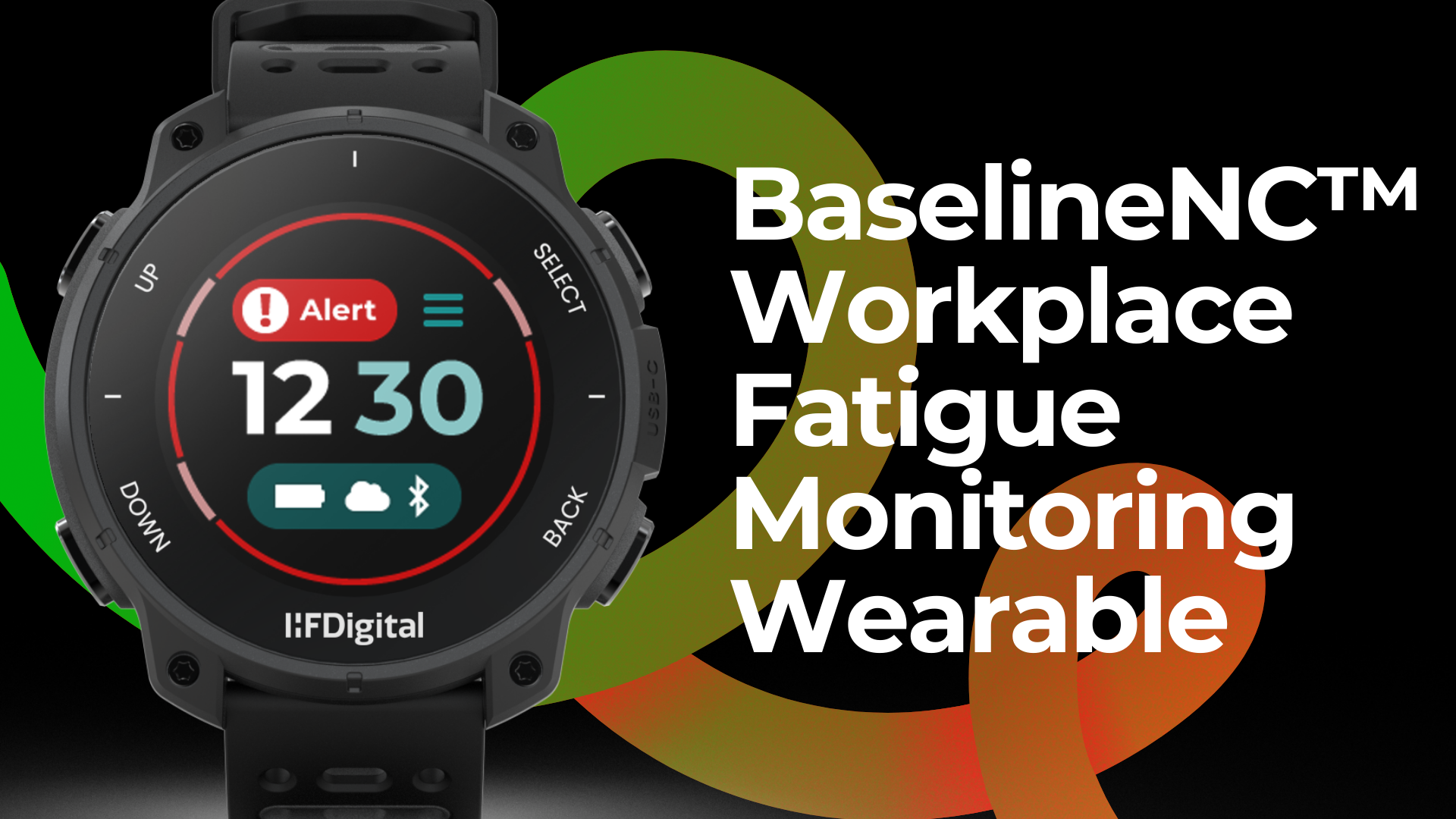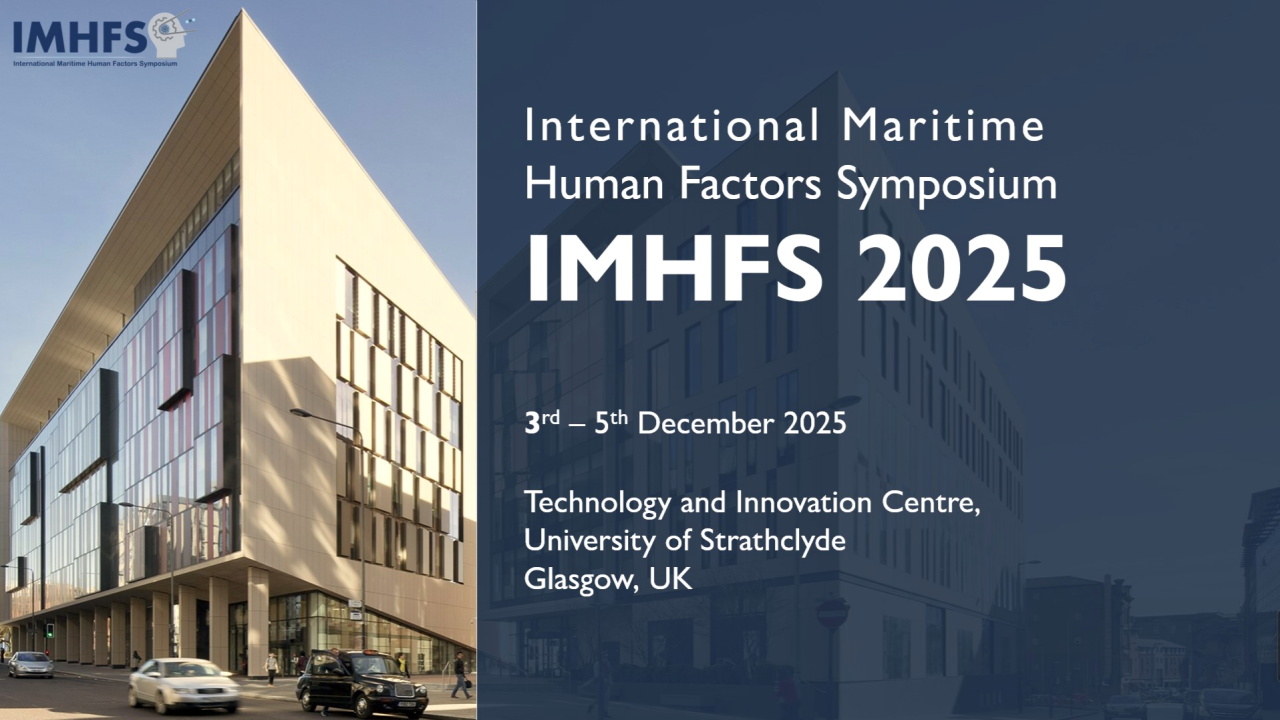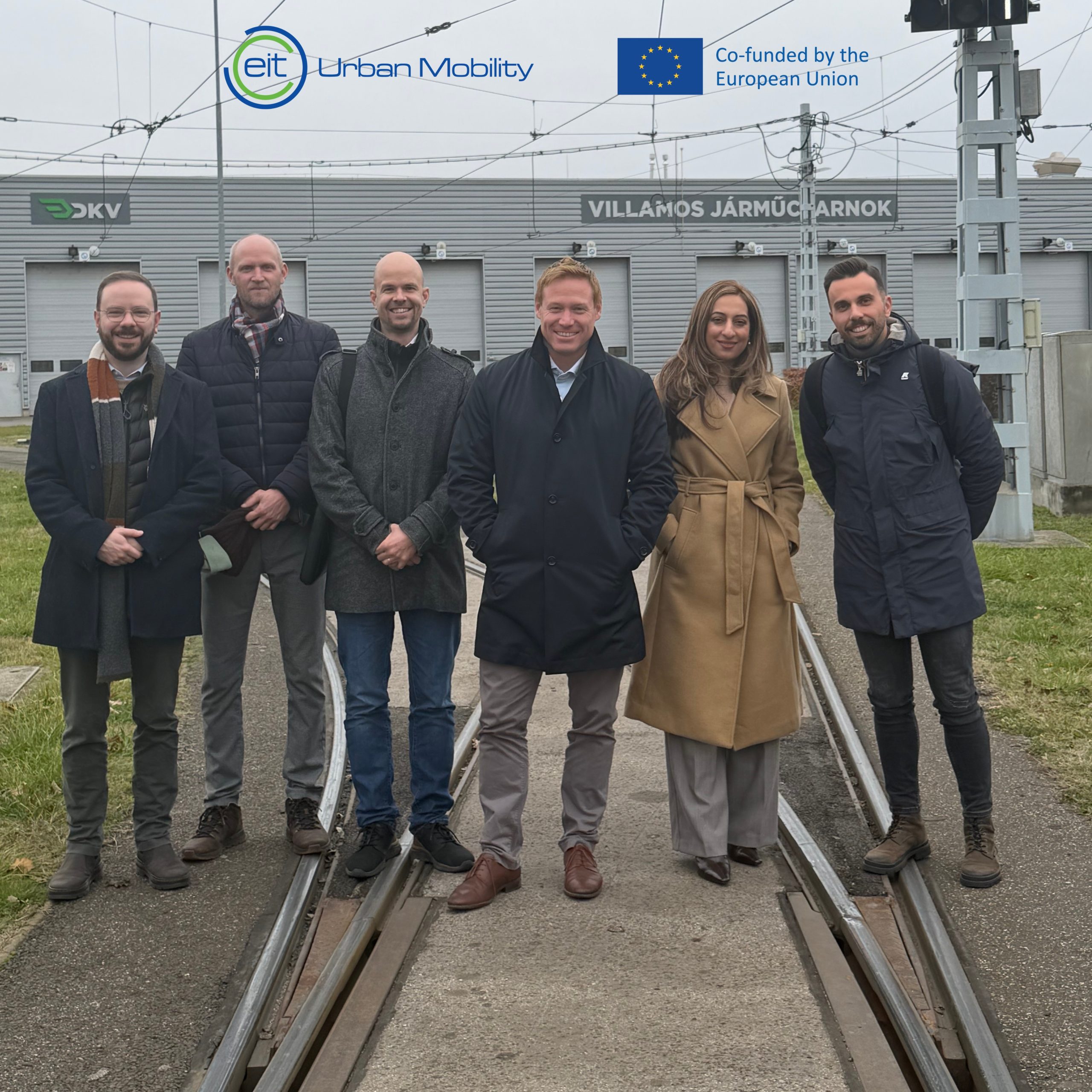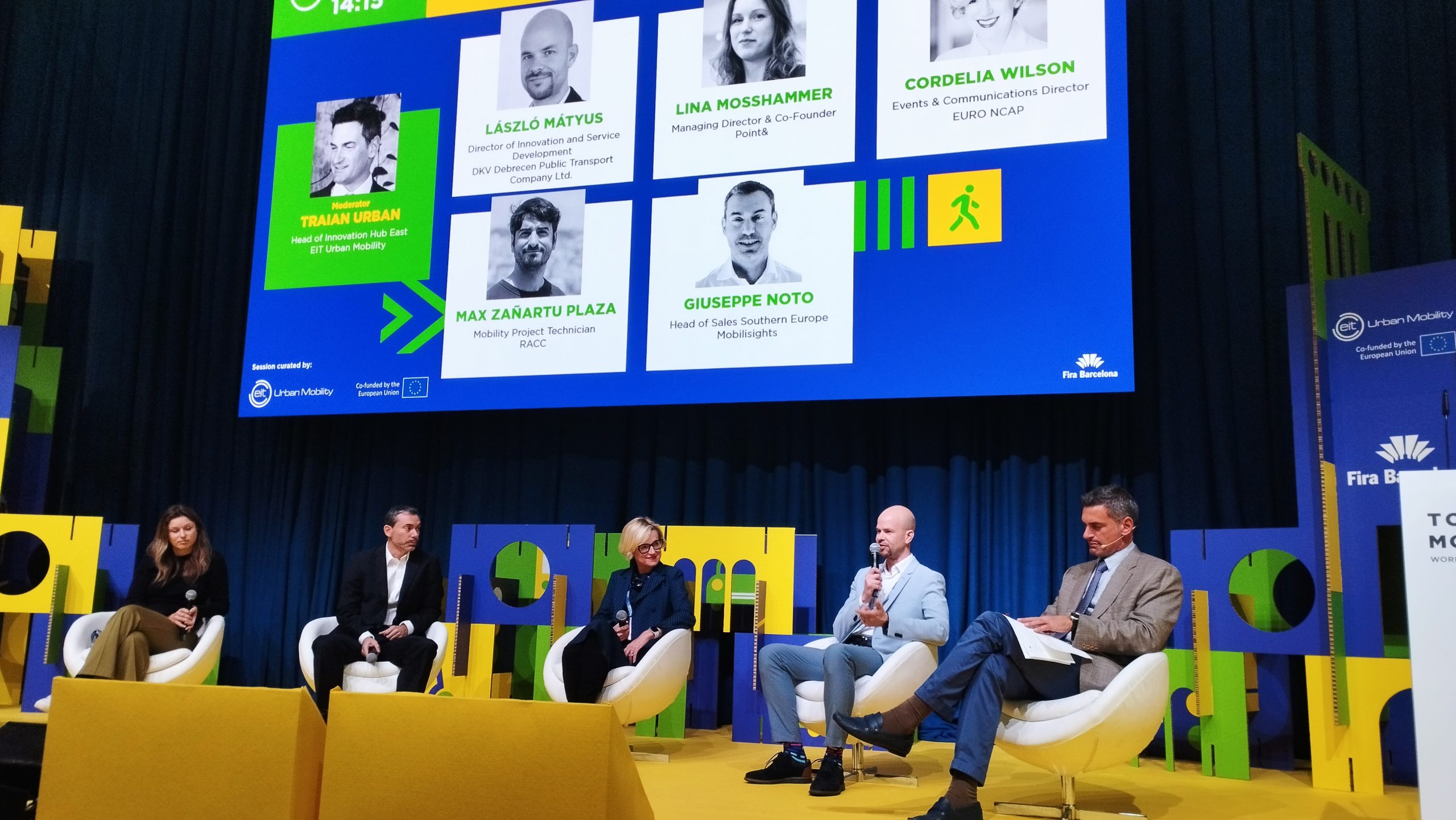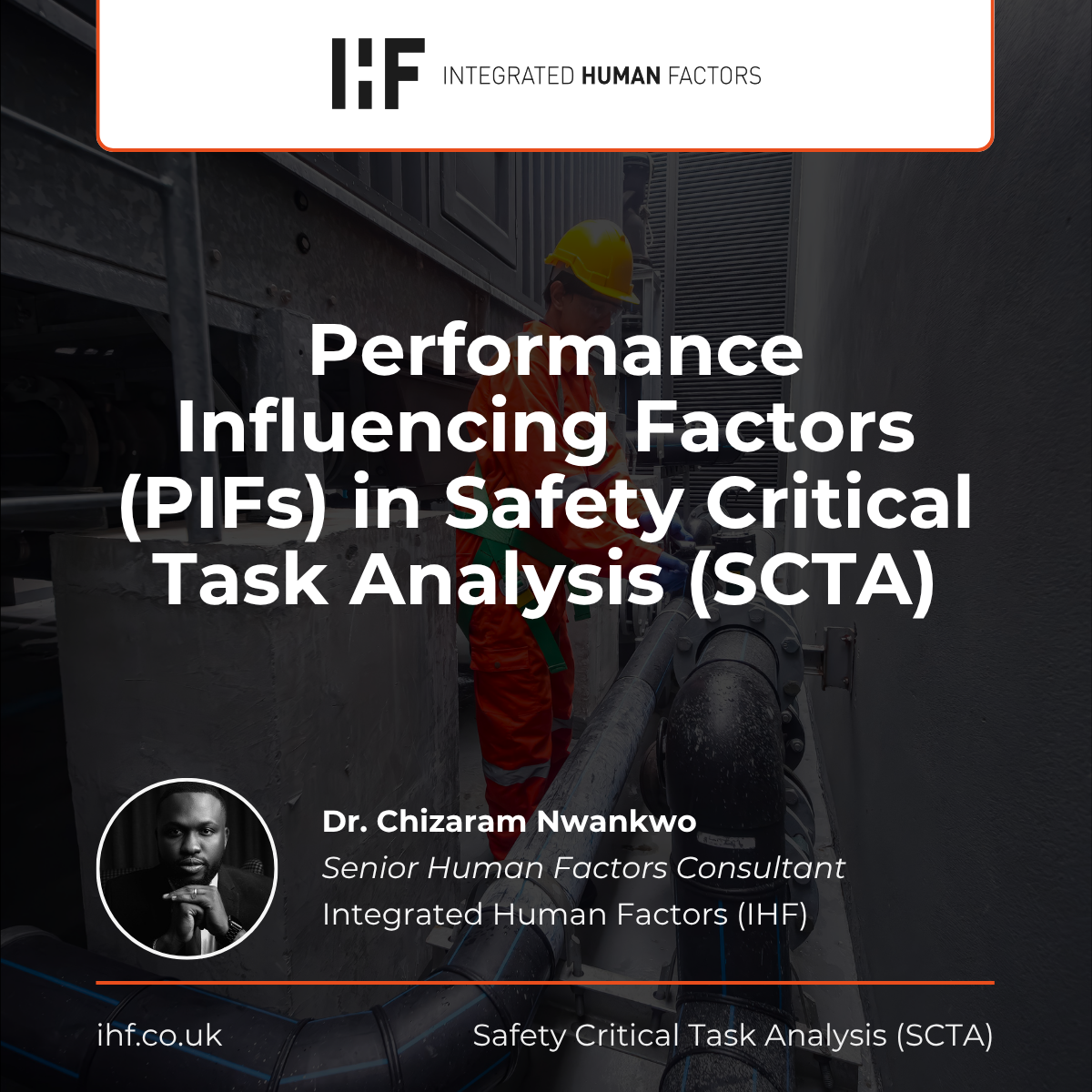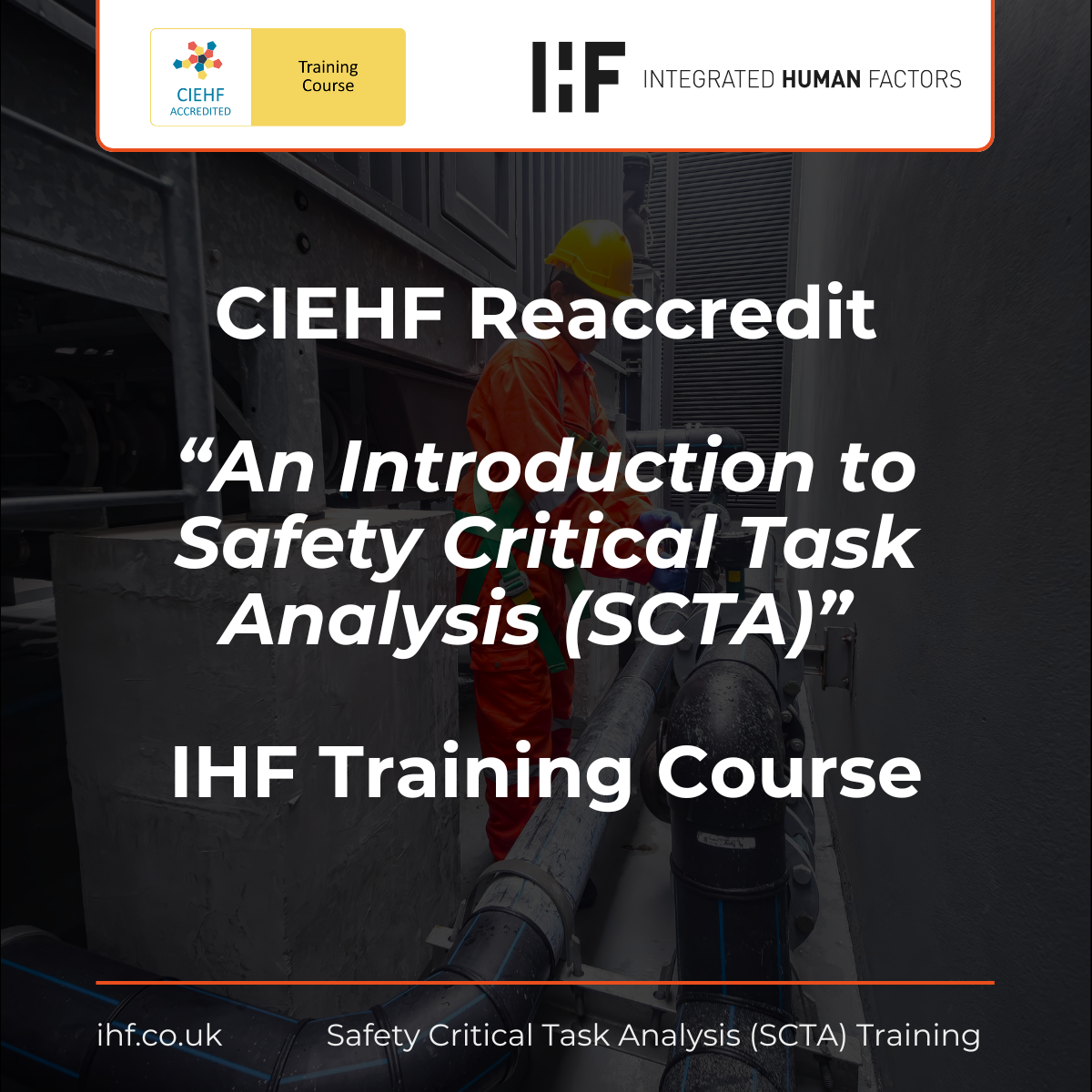BaselineNC™ elevates workplace fatigue into an enterprise-wide priority — from front-line workers to the boardroom — using a data-driven approach.
The worker onboarding process is straightforward, from training and verification periods through to normal operational usage.
Firstly, workers generally complete around 80 hours or 2 working weeks of algorithm training.
This training and verification of the algorithm is on the job through wearable usage — with end-to-end encryption (E2EE) — to determine each worker’s fatigue baseline.
When operational, workers passively use the unobtrusive wearable like it is another layer of personal protective equipment (PPE), enabling predictive analytics through real-time monitoring of biometric data.
Including blood oxygen saturation, galvanic skin response, heart rate variability (RR), movement patterns using a 6-axis accelerometer, and skin temperature. Determining an overall RAG status, that is used in worker operational scenarios to provide alerts alongside Karolinska Sleepiness Scale (KSS) scores entered by workers.
Workers are prompted at various times during a shift to enter a KSS score, enabling the correlation of real-time objective and intermittent subjective fatigue risk management data.
When a fatigue status changes from green to amber, the worker and supervisor are alerted in real time, indicating an elevated variance from the worker’s fatigue baseline and that remediative action is required.
When a red fatigue status is detected, the worker and supervisor are again alerted in real time, indicating a high risk variance from the worker’s fatigue baseline and that a safety-critical intervention is necessary.
Enterprise-wide monitoring of objective fatigue risk management data enables safety-critical control room alerts, dashboards and longitudinal operational insights for senior leadership.
RAG status updates are sent — with GPS location information — to the control room, enabling proactive alerts and interventions.
The RAG statuses — not the underlying biometric data — can be viewed at a high level in a dashboard and other business analytics tools.
This predictive and objective data-driven approach can elevate the dangers of workplace fatigue and its related financial and productivity losses into an enterprise-wide priority, from frontline workers to the boardroom.
The BaselineNC workplace fatigue monitoring wearable project is also EIT Urban Mobility funded and was recently featured as part of the Impact Stories series: Wearable technology for human error prevention in transportation

